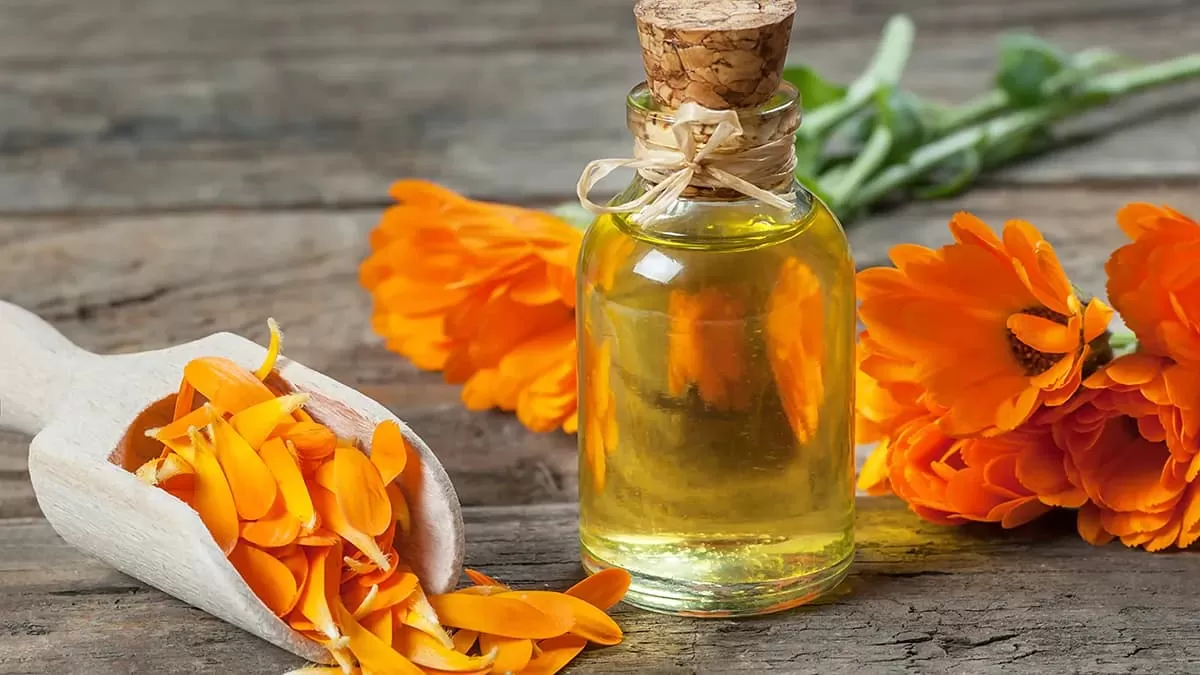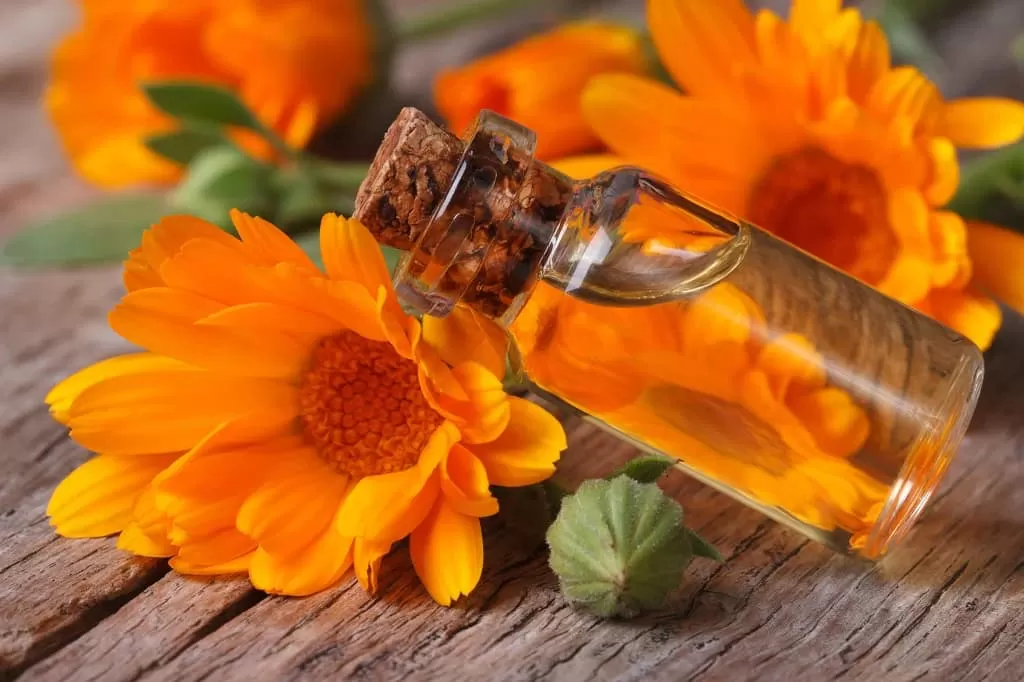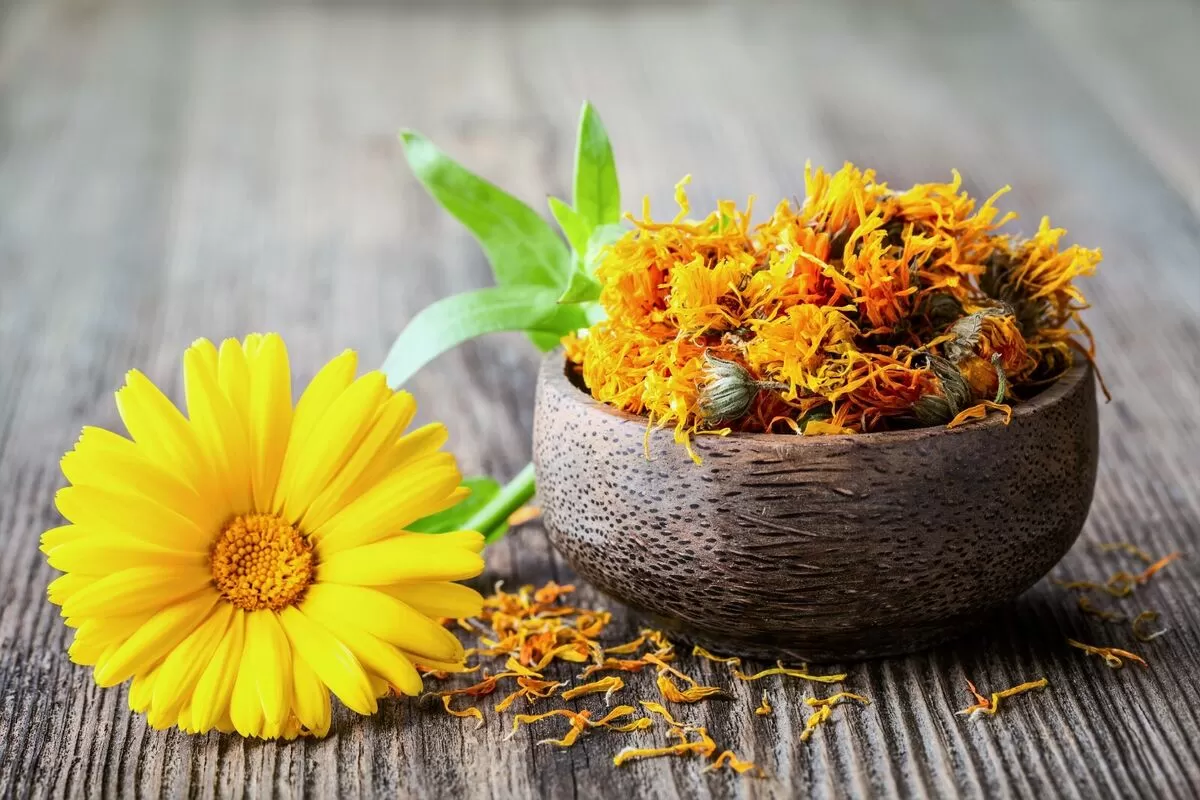- 0086-571-85302990
- sales@greenskybio.com
What are marigolds used for?
2025-04-24
Marigolds, with their vibrant colors and distinctive aroma, are more than just a visual delight in gardens. Belonging to the Tagetes genus, these hardy annuals have been cultivated for centuries across the globe. Beyond their aesthetic appeal, marigolds are renowned for their versatility and numerous uses, ranging from gardening and culinary applications to traditional medicine and cosmetics. This article explores the multifaceted benefits and applications of marigolds, shedding light on why they remain a favored plant among gardeners and herbalists alike.
Historical and Cultural Significance
Marigolds have held a significant place in various cultures throughout history. The Aztecs are believed to have been the first to domesticate marigolds for ceremonial and medicinal purposes. They attributed protective qualities to the plant, using it in rituals to ward off evil spirits. In India, marigolds are woven into garlands for religious offerings and celebrations, symbolizing the sun, creativity, and passion. These cultural practices underscore the deep-rooted significance of marigolds in human history.
Gardening and Pest Control
One of the most popular uses of marigolds in gardening is their role in pest control. Marigolds act as natural insect repellents due to their pungent scent, which deters many common garden pests such as aphids, nematodes, and mosquitoes. The roots of some species, like the French marigold (Tagetes patula), produce a chemical substance called alpha-terthienyl, which is toxic to nematodes that harm vegetable crops. By planting marigolds alongside tomatoes, cucumbers, and other vegetables, gardeners can create a natural barrier against pests, reducing the need for chemical pesticides.
Marigolds also attract pollinators such as bees and butterflies, thereby enhancing the biodiversity of gardens. Their bright blooms serve as a beacon for pollinators, contributing to the pollination of nearby plants. This makes marigolds an excellent companion plant in vegetable gardens and ornamental borders.
Culinary Applications
Marigold flowers, particularly those of the Calendula officinalis species, are not only edible but also add a splash of color and a subtle peppery taste to dishes. Known commonly as pot marigolds, these flowers have been used in cooking for centuries. Their petals can be sprinkled on salads, soups, and stews, or used to color rice and other grains, acting as a saffron substitute. The petals are rich in antioxidants and can contribute to a nutritious diet, making them a favorite choice for culinary enthusiasts seeking to incorporate natural ingredients into their meals.
Traditional Medicine
Marigolds boast a long history of use in traditional medicine practices due to their anti-inflammatory, antimicrobial, and wound-healing properties. Herbalists often use Marigold Extracts or oils to treat skin conditions such as acne, eczema, and dermatitis. The flowers contain compounds known as flavonoids and saponins that lend them these therapeutic properties. Marigold infusions or teas are used to soothe digestive issues, reduce inflammation, and even relieve menstrual cramps.
In Ayurveda, marigolds are considered a valuable medicinal plant, utilized for their ability to balance doshas and promote skin health. They are often incorporated into natural skincare products to enhance complexion and reduce skin irritation. Similarly, in traditional Chinese medicine, marigolds are used to treat skin lesions and wounds, further attesting to their wide range of healing applications.
Cosmetic and Skincare Benefits
The cosmetic industry has also embraced marigolds for their skin-enhancing benefits. Calendula oil, derived from marigold flowers, is a popular ingredient in numerous skincare products due to its soothing and moisturizing properties. It is highly effective for sensitive and dry skin, providing relief from irritation and redness. Calendula-infused creams and ointments are often used to promote faster healing of minor cuts, burns, and insect bites.
Moreover, the antioxidants present in marigolds can help combat free radicals, slowing down the aging process and improving skin elasticity. This has led to the inclusion of Marigold Extracts in anti-aging serums and creams, making them a staple in many natural skincare regimens.
Environmental and Pollinator Support
Beyond individual benefits, marigolds contribute to environmental sustainability. They play a role in maintaining soil health and fertility, thanks to their ability to reduce soil-borne pests and attract beneficial insects. Their resilience and low maintenance make them ideal for permaculture and sustainable agricultural practices.
Additionally, by attracting pollinators, marigolds support the ecological balance within gardens and larger ecosystems. Bees and butterflies, which are essential for plant reproduction, rely on flowering plants like marigolds for sustenance. Thus, planting marigolds not only enhances garden aesthetics but also supports biodiversity and ecological health.
Conclusion
Marigolds are a testament to nature's versatility, serving a multitude of purposes beyond their ornamental value. From natural pest control and culinary uses to medicinal applications and skincare benefits, these vibrant flowers offer wide-ranging advantages that make them indispensable in both gardens and households. Their contribution to environmental sustainability and cultural practices further underscores their value. By incorporating marigolds into everyday life, individuals can harness the incredible benefits of this unassuming yet potent plant, enriching both their surroundings and well-being. Whether used in the garden or household, marigolds continue to prove their worth as an essential botanical powerhouse.
-
Is Marigold Good for Eczema?
2025-04-24
-
Can we apply marigold on face?
2025-04-24
-
Is marigold good for inflammation?
2025-04-24
-
Are marigolds safe for human consumption?
2025-04-24














